Antennas, as an important part of wireless communication systems, have an irreplaceable role.
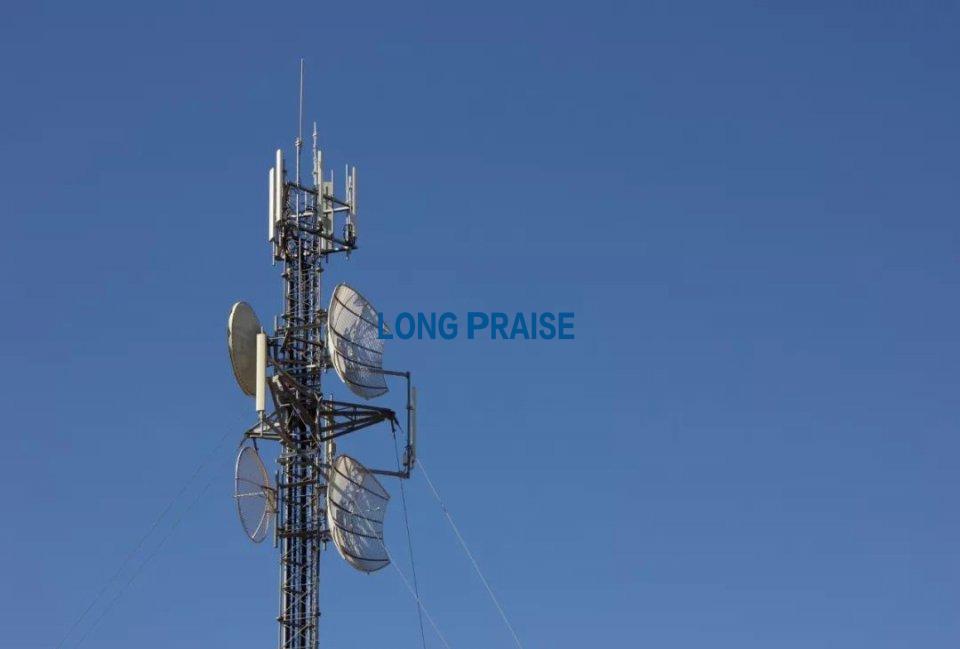
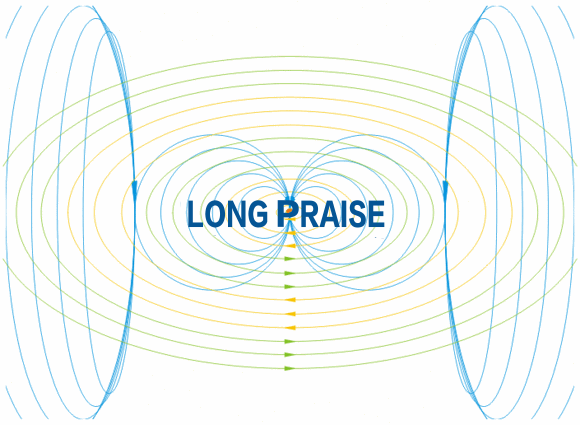
In our lives, there are many types of communication needs, such as long-distance communication, short-range
 communication, satellite communication, microwave communication, mobile communication, peer-to-peer communication, point-to-point communication, and so on.
communication, satellite communication, microwave communication, mobile communication, peer-to-peer communication, point-to-point communication, and so on.
Different requirements, corresponding to the use of different communication bands, and different communication systems. Therefore, different types of antennas need to be used.
Therefore, we have a wide variety of antennas, which can be said to be grotesque and varied. No one can tell how many antennas there are on Earth.
Today, I will tell you about our 12 most common antennas.
1. Horizontal half-wave dipole antenna (Dipole Antenna), also known as DP antenna

This kind of antenna is made up of two equal length conductors, horizontally or obliquely. It is the simplest and most basic antenna.
The total length of the antenna is approximately equal to 95% of the half wavelength, and both vibrators are 95% of the 1/4 wavelength.
Length of the DP antenna
The radiation direction of the antenna is two circles with the antenna as the symmetry axis and the feeding point as the tangent point.
Schematic diagram of antenna radiation direction
In addition to horizontal erection, the GP antenna can also be inverted V (positive V) erection - the angle between the antennas is between 110 and 120 degrees, and the transmission elevation angle is changed to coordinate long-distance and close-range communication.
Inverted V antenna
Occasionally, multiple pairs of vibrators are added to the balun (a three-port device that connects the vibrator and cable) to allow the antenna to operate in more bands.
5-band short-wave inverted V antenna (looks like an umbrella)
In addition to horizontal and inverted V, DP antennas have spawned many other types of antennas.
2, vertical monopole antenna (Vertical Antenna), also known as GP antenna
Short wave GP antenna
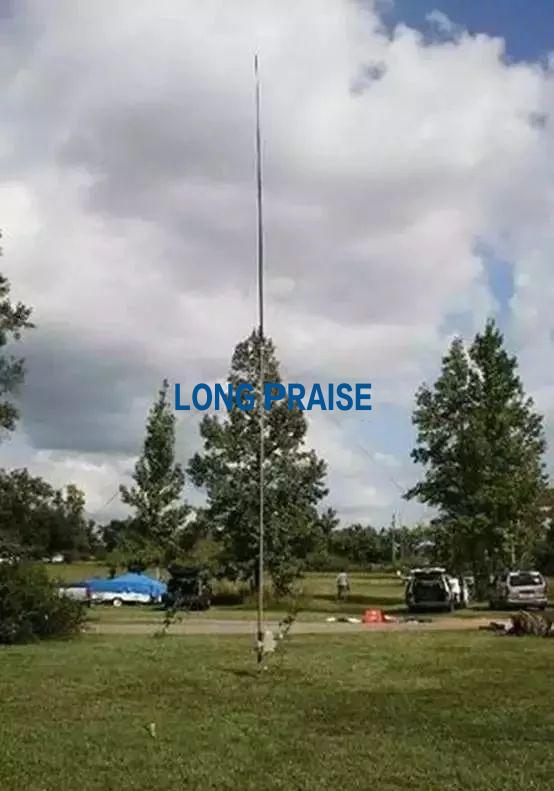
A GP antenna is a deformed antenna derived from a dipole antenna.
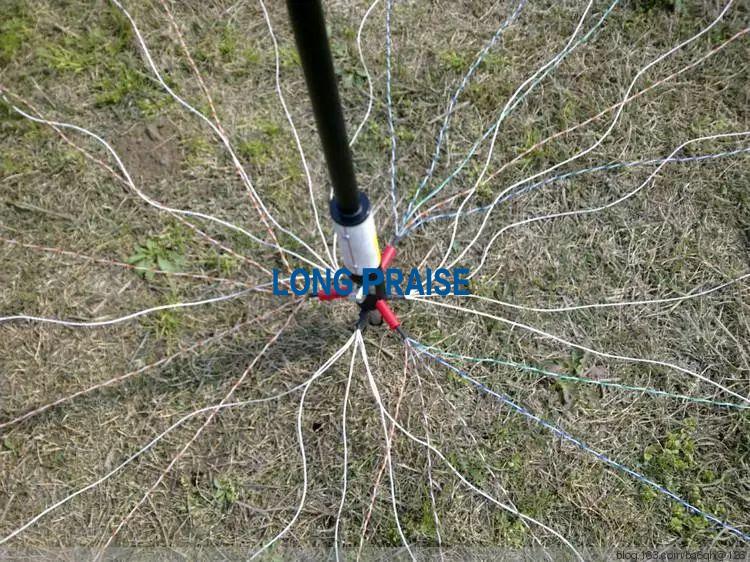
GP antenna ground network
Mobile handheld devices typically use GP antennas.
Handheld walkie talkie
In addition, the antenna we often see on outdoor enthusiasts is also a vertical GP antenna that works in the U/V band.
3, Winton antenna (Window Antenna), also known as bias feed half-wave antenna
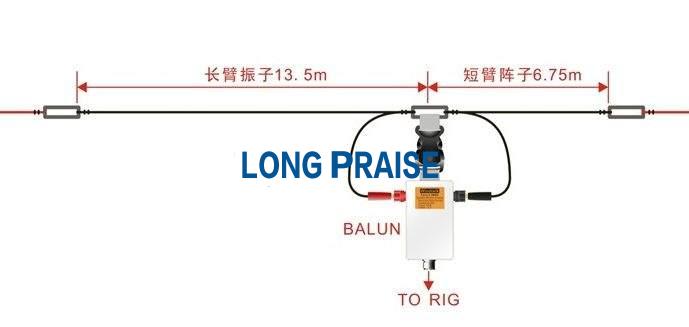
Most of these antennas are made of a single wire. The feeder is also a single wire, which is connected 14% off the center point. It is commonly used as a receiving antenna and as a transmitting antenna.
Winton antenna changeover erection diagram
Because of its small footprint and easy to carry, Winton antenna is suitable for radio enthusiasts.
4. Yagi Antenna
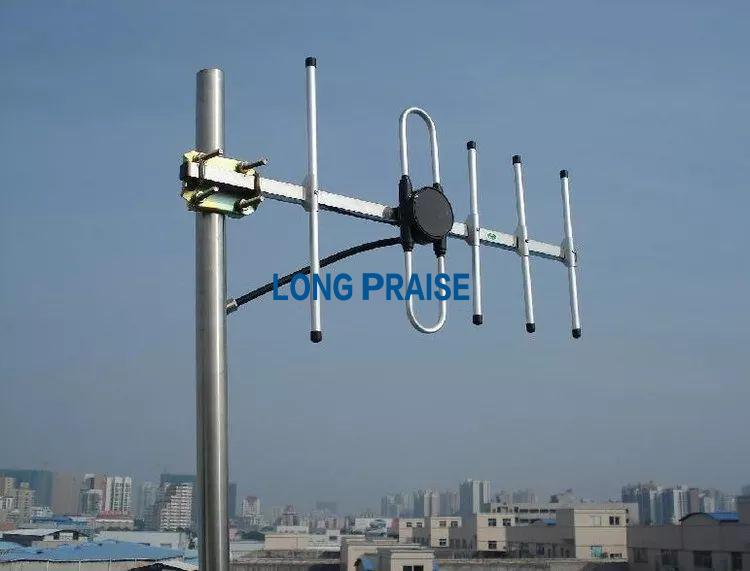
The famous Yagi antenna was invented by Yagi Hideo and Yuda Shintaro, who was then the minister of the Northeastern University of Japan in 1925. "Yagi" is the English spelling of Yagi, not to say "eight woods."
The antenna is composed of a plurality of units and has strong directivity. The more the directors, the stronger the directivity and the higher the gain.
Yagi antennas can operate on multiple bands and are sometimes used for radio direction finding.
5, dish antenna (Dish Antenna)
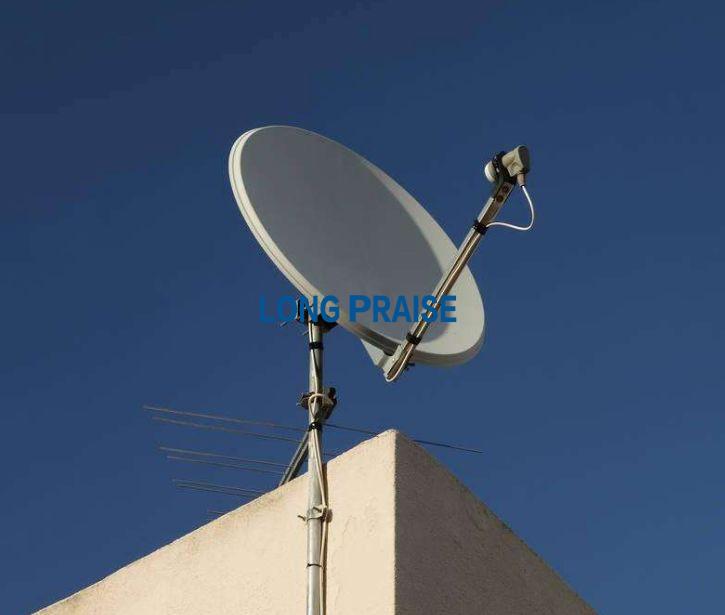
Highly directional antennas for long-distance communication, with extremely narrow beamwidth and high gain values, can also be called high gain directional antennas.
Such antennas are commonly used for point-to-point communication connections, the antennas must be precisely aimed at each other, and the direct view between the antennas (Light?of? Sight) must be free of any obstructions.
6, Grid Antenna (Grid Antenna), also known as grid antenna
Lattice antenna
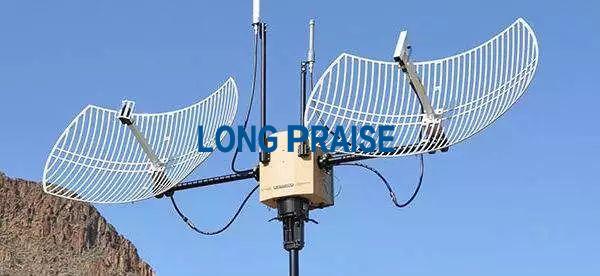
7, Conical Antenna

8, square antenna (Quad Antenna)
Block antenna
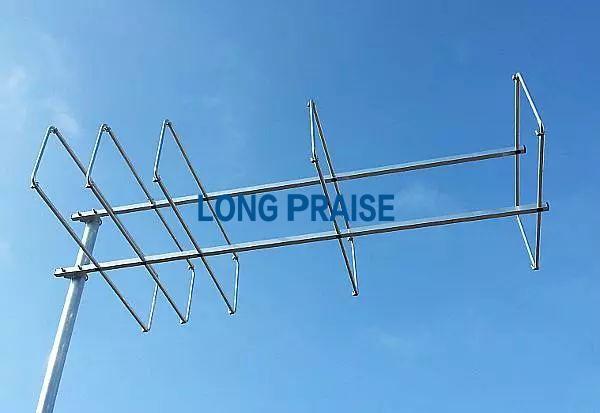
Box antenna with working frequency band at 50MHz
There are also some variants of the box antenna, such as a triangular antenna. The reason for this is mainly due to the consideration of the convenience of mechanical structure.
Triangular antenna
9. Long Wire Antenna

Long-line antennas are also a common form of antenna. The main component is actually a wire.
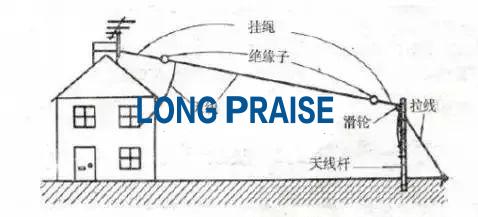
10, loop antenna (Loop Antenna)
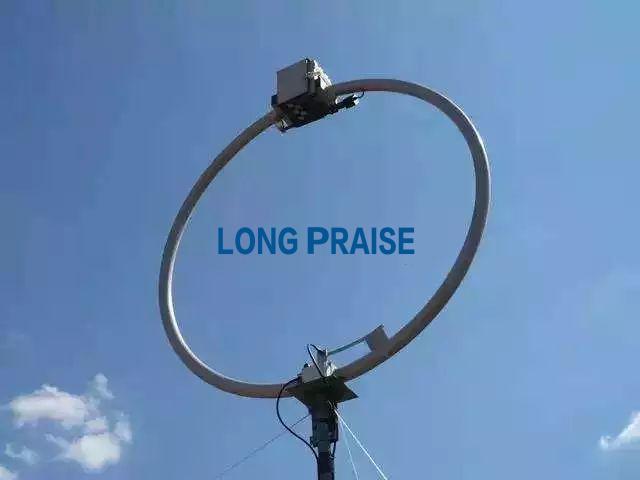
It belongs to a closed loop antenna. The whole antenna is made of round metal or tubular metal. It is characterized by small size, high efficiency and strong directionality.
11, Cobweb Antenna
Cobweb antenna
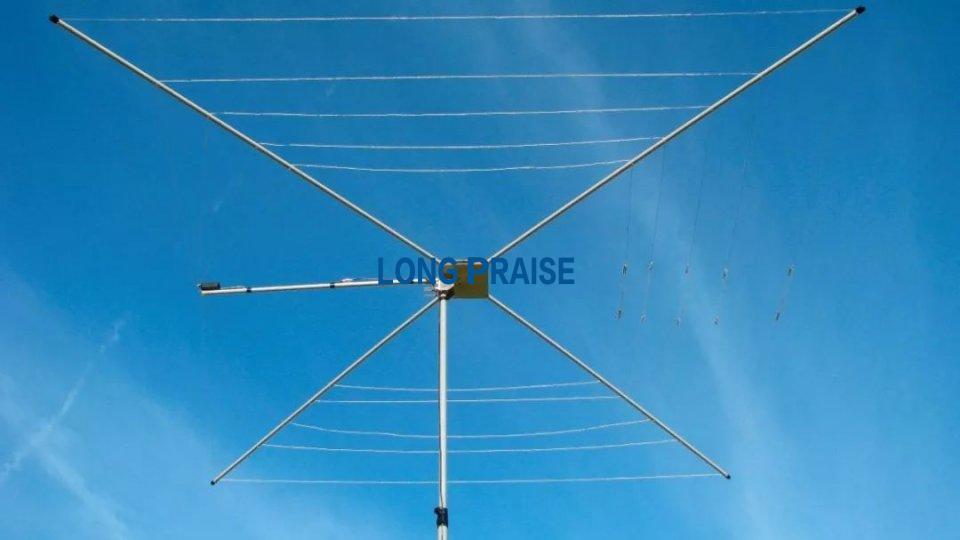
It is supported by a non-metallic material with high strength. The excitation unit and the reflection unit of the invention are composed of ordinary wires, and the mechanical strength is lower than that of the Yagi antenna which is all metal vibrators.
12, Horn Antenna (Horn Antenna)
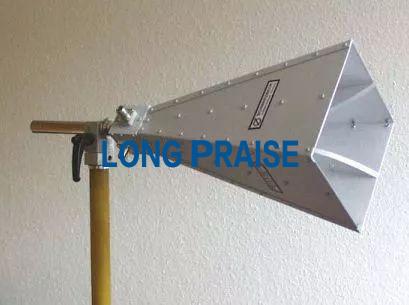
If the speaker size is properly selected, good radiation characteristics can be obtained.
Ok, these are some of the antenna types that are common in work and life. Have you remembered it?
In fact, although the antenna type is dazzling, the working principle is almost the same, nothing more than turning the guided wave into a spatial wave, and the spatial wave becomes a guided wave.



 Deutsch
Deutsch Español
Español Français
Français Italiano
Italiano Português
Português 日本の
日本の 한국어
한국어 العربية
العربية български
български hrvatski
hrvatski česky
česky Dansk
Dansk Nederlands
Nederlands suomi
suomi Ελληνικά
Ελληνικά हिन्दी
हिन्दी norsk
norsk Polski
Polski Română
Română русский
русский Svenska
Svenska 中文
中文